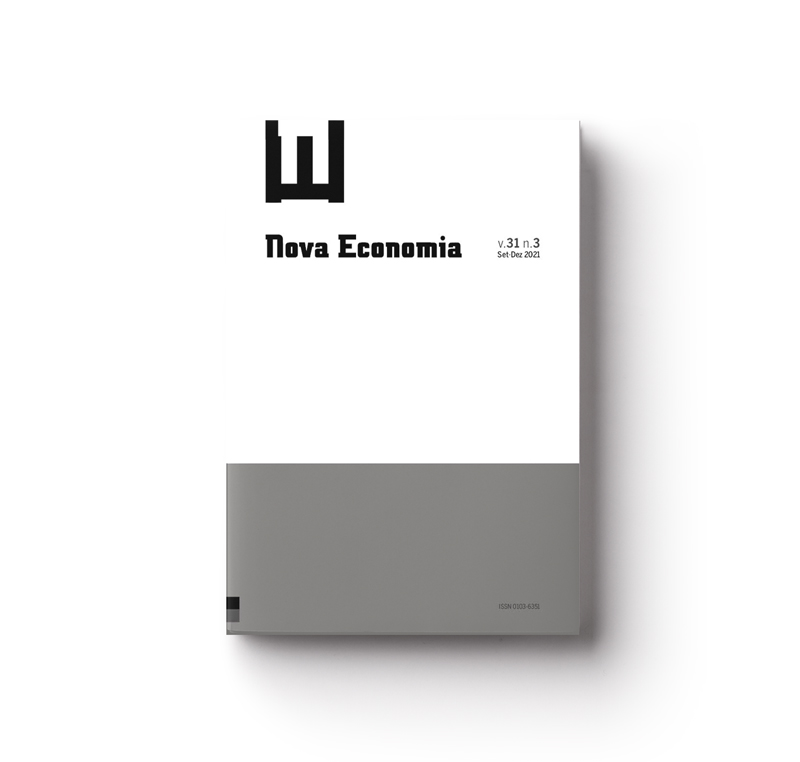Bases colaborativas da corrupção: o lado sombrio das preferências sociais
Resumo
O ponto de partida deste artigo é a conjectura de que a explicação econômica tradicional para a corrupção baseada no modelo agente-principal é necessária, porém insuficiente para compreender por que a corrupção surge e persiste ao longo do tempo. Mais precisamente, o artigo sustenta a tese de que mecanismos de reciprocidade, juntamente com heurísticas e vieses, têm papel importante na explicação de condutas corruptas. Com base nas evidências experimentais que dão sustentação à nossa conjectura ousada, examinamos as implicações da chamada “guinada comportamental” para a agenda anticorrupção.
Palavras-chave: economia comportamental, corrupção, reciprocidade, experimentos.
Códigos JEL: B40, B41, D90.
Downloads
Publicado
Como Citar
Edição
Seção
Licença
Copyright (c) 2021 Roberta Muramatsu, Ana Maria Bianchi, Karolina Wachowicz

Este trabalho está licenciado sob uma licença Creative Commons Attribution 4.0 International License.
Autore[a]s que publicam nesta revista concordam com os seguintes termos:
- Autore[a]s mantém os direitos autorais e concedem à revista o direito de primeira publicação, com o trabalho simultaneamente licenciado sob a Licença Creative Commons Atribuição 4.0 Internacional que permite o compartilhamento do trabalho com reconhecimento da autoria e publicação inicial nesta revista.
- Autore[a]s têm autorização para assumir contratos adicionais separadamente, para distribuição não-exclusiva da versão do trabalho publicada nesta revista (ex.: publicar em repositório institucional ou como capítulo de livro), com reconhecimento de autoria e publicação inicial nesta revista.
- Autores têm permissão e são estimulados a publicar e distribuir seu trabalho online (ex.: em repositórios institucionais ou na sua página pessoal) a qualquer ponto antes ou durante o processo editorial, já que isso pode gerar alterações produtivas, bem como aumentar o impacto e a citação do trabalho publicado (Veja O Efeito do Acesso Livre).




